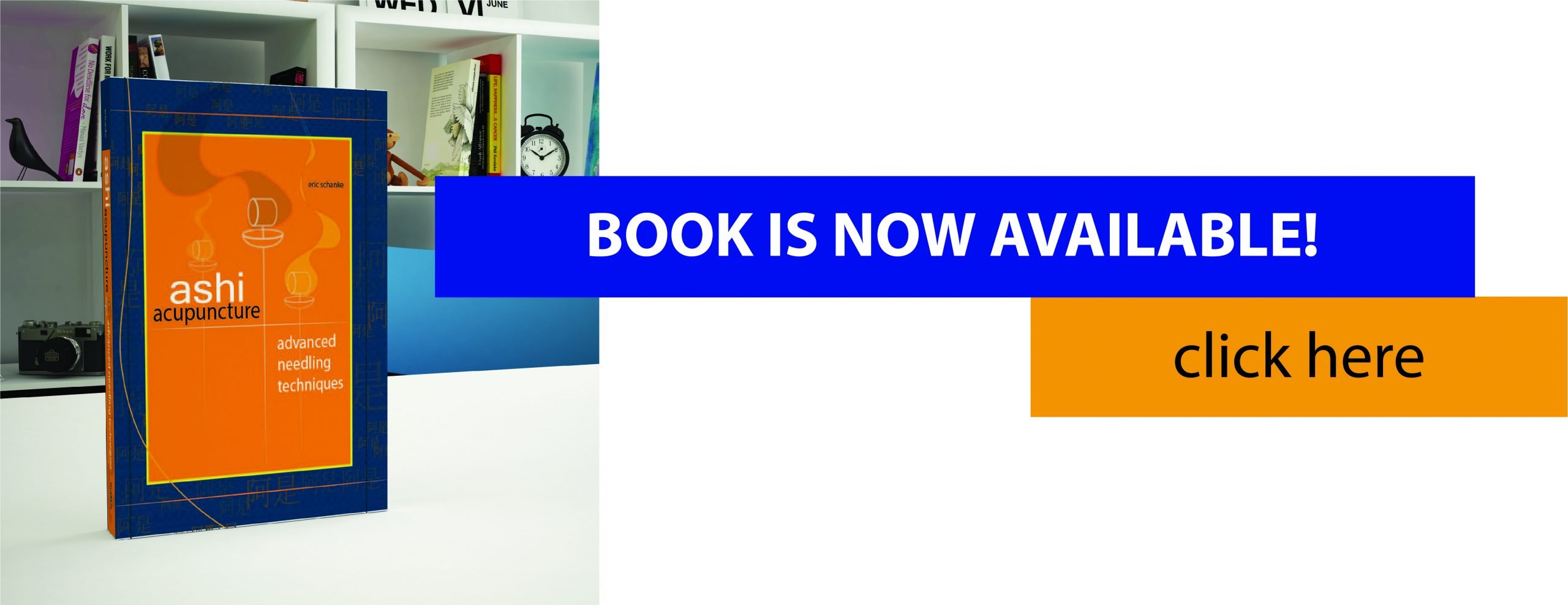Recently a colleague and I were discussing a problem that happens sometimes when doing trigger point work. You treat an area that is tight and tender, but the patient doesn’t improve. Or they will improve only temporarily. This is a broad topic but I want to address one aspect of this problem and try to address other aspects of it in other posts. I’m realizing that I need to write a series of posts that address all the basic concepts of trigger points aka ashi points! I’m going a little out of turn because I should probably write about the concept of referred pain patterns first, but in this post I want to address the concept of:
Satellite Trigger Points
The basic concept is that Satellite (or secondary) Trigger Points develop because of the existence of a “primary” problem somewhere else. Usually a “key” trigger point within another muscle or because of radiculopathy. In my opinion, we can make four broad categories of satellite points.
- Satellite points that develop within the area of the primary point’s referred pain pattern (and these patterns often follow the Sinew meridians).
- Satellite points that develop in a muscle that is an antagonist or synergist of the muscle that harbors the primary trigger point.
- Satellite points that develop within muscles that are innervated by a spinal segment that is being impinged (radiculopathy).
- Satellite points that develop because of strain caused by the existence of a primary trigger point that changes the patient’s gait, posture, or other movement(s).
Treating Satellite Trigger Points
Treating the primary point(s) may eliminate the satellite point. Especially if the problem is not long standing. The more chronic the problem though, the more likely it becomes that you will have to treat the satellite points themselves.
However, if you focus treatment on the satellite points and miss the primary points, the patient will not get relief of their pain. Or their relief will be short lived (like 24 hours or so) and when it comes back they will be back to “square one.” This is a sign that you need to reevaluate and search for more primary points.
Typical Acupuncture Case Study 1
The patient complains of anterior thigh pain or numbness. You treat the thigh, vastus lateralis and rectus femoris, but they don’t improve. The primary points are in the tensor fasciae latae and the gluteus minimus. When you treat them, the patient gets lasting relief.
Typical Acupuncture Case Study 2
The patient complains of buttock pain. You treat the piriformis, gluteus maximus, and gluteus minimus but they don’t improve. The pain is coming from nerve impingement of the L 4 nerve root. You treat the huo tuo jia ji points and the patient does traction and they improve.
In both of these examples, you could see the exact opposite also!
 Ashi Acupuncture – Education and Training Acupuncture and dry needling information, training and education. Medical based acupuncture with an emphasis on anatomy and technique.
Ashi Acupuncture – Education and Training Acupuncture and dry needling information, training and education. Medical based acupuncture with an emphasis on anatomy and technique.

